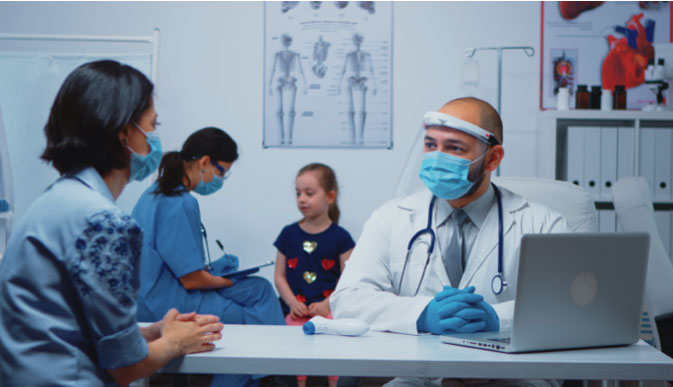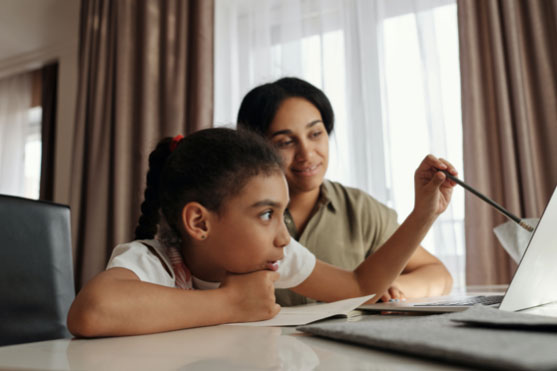#1 Get a consultation. You can book an online consultation with a developmental and behavioral pediatrician! The pediatrician may refer to therapists and other professionals, and may also prescribe medication if needed.
facebook.com/devpedphil
#2 Have a structured home environment.
- Establish a predictable routine of activities.
- Have a visual schedule.
- Help your child organize his or her things by assigning where to put them.

#3 Provide a structured work system
- Away from visual and auditory distractions
- With good or natural lighting
- Provide storage areas for needed supplies to help with organization
- Have the work area near someone who can support the child (like a parent, caregiver or teacher).
- Have a timer to help the child maintain attention, and to help transition from one activity to another.
#4 Use Behavioral Strategies
- Notice and encourage positive behavior, instead of focusing on negative behavior.
- Decide on rewards and consequences beforehand, and be consistent.
- Rewards for good behavior can include physical affection, encouragement of efforts, doing a desired activity, or extra privileges or treats.
- Consequences for poor behavior can include a temporary loss of privileges.
- Use time outs positively and not as a punishment. Time out allows a child to calm down, reflect, and “reset” the brain.

#5 Find a buddy (friend or older sibling) who can be your child’s role model.
#6 If your child’s doctor prescribes medicine, don’t be afraid to have your child take it. Medication can help behavioral management strategies work better.
#7 Make sure your child gets enough physical activity and exercise. This helps develop not only motor skills, but executive function skills too!
- Kids age 5-17 should have at least 60 minutes of moderate to vigorous activity every day. (include link to https://www.who.int/dietphysicalactivity/factsheet_young_people/en/)
